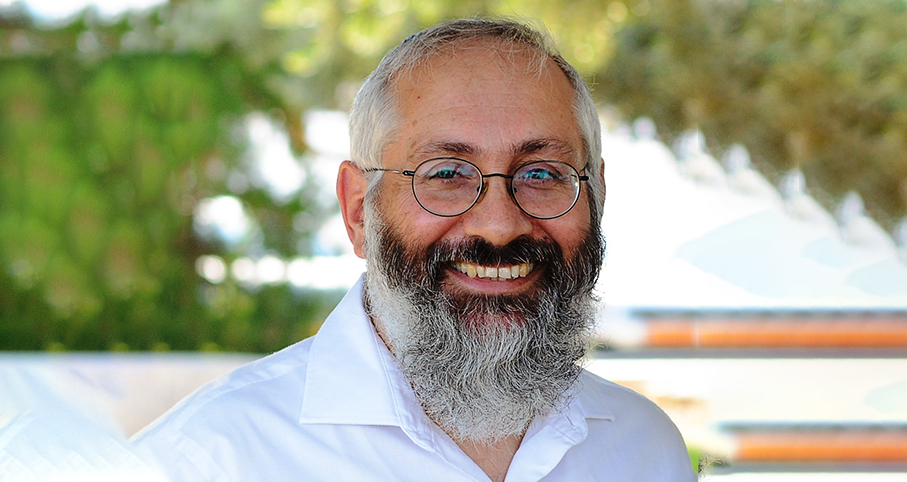Beit Midrash
- Family and Society
- Torah and Daily Life
- Additional Lessons
In the high Middle Ages, asceticism became a way of life amongst the Christian clergy and to a certain extent even amongst its masses. Self-flagellation, hair shirts, and other means of pain and privation became the norm of religion then. Though the Talmud ordains days of private fasting as legitimate, there is no reference there to any form of physical self-mortification. One’s body is to be treated with respect and gentility and not to be abused. However, perhaps due to the influence of the times on the Jews as well, we do find that in the Middle Ages, Jewish pietists did prescribe forms of ascetic behavior as being instrumental in obtaining forgiveness for sins committed. Kabbalistic thought oftentimes reinforced this behavior pattern, though it was never widely adopted in the Jewish world. The numerous false messiahs that arose in the Jewish world always tended towards ascetic behavior, sometimes inexplicably mingled with wild hedonism and debauchery. In later times, extreme adherents of the Mussar movement also engaged in a type of asceticism in their personal lives, though again this never became the norm in this movement, let alone in Jewish society generally. The line between restraint in one’s behavior and asceticism was sometimes difficult to find but it was always present in Jewish society. In short, the pursuit of pure asceticism was not felt to be in consonance with Jewish values and a Torah way of life. However, in a generation of unbridled hedonism such as ours, a measured small dose of asceticism would seem to be proper for balanced Torah living.
The Torah encourages aestheticism. Beauty, design, harmony, cleanliness are all part of a Torah way of life. The appreciation of the world that exists around us only reinforces our belief and gratitude towards the Creator of the universe. Beautiful buildings have always been part of Jewish tradition from the times of the Holy Temples through the grand synagogue buildings that exist in our current Jewish world. Art has gained great ground in the Jewish society and environmental issues are on the Jewish horizon. An appreciation of the aesthetic qualities of life can only contribute to the wonder of faith which is the basis of Jewish life. During the long exile of the Jewish people there were many times when aesthetics were neglected simply because of poverty, persecution and the bigotry of the host countries. The non-Jewish world resented greatly any form of special beauty in Jewish society. Jewish clothing was proscribed, synagogues were to be obscure and plain and the poverty of the Jews destroyed any true sense of appreciation of aesthetic norms and creative artistry. In modern times this situation has changed and there is a renewed interest and pursuit of aesthetic values in the Jewish world. Art decorates the walls of many Jewish homes, the infrastructure projects of the State of Israel are in the main very aesthetically pleasing (What do you think of our new bridge of strings at the entrance to Jerusalem?) and there is a growing appreciation of the simple beauty of our country. The pursuit of a pleasing aesthetic environment should definitely be part of our way of life here in Israel and wherever Jews reside in the world.



















